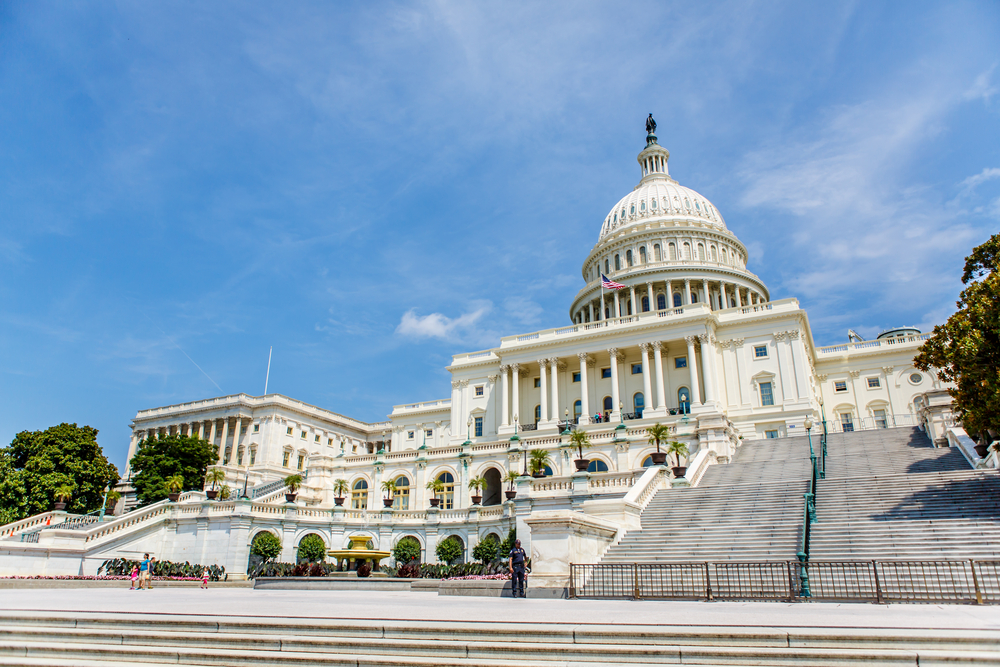Public Health
Public Health
Energy efficiency can have a meaningful impact on public health by cutting harmful air pollution and improving indoor air quality. These impacts are even more prevalent in vulnerable populations, including children, the elderly, and low-income communities.
Energy efficiency can have a meaningful impact on public health by cutting harmful air pollution and improving indoor air quality. According to the EPA, 82 million people in the U.S. live in counties with pollution levels exceeding federal air quality standards. This pollution has been linked to serious health risks, including an increase in heart disease, lung cancer, and asthma attacks, which are even more prevalent in vulnerable populations including children, the elderly, and low-income communities. Additionally, a 2021 study found that air pollution costs each American around $2,500 per year in extra medical bills.
A 2018 study found that reducing annual electric consumption by 15% through common-sense efficiency measures could prevent more than 2,000 deaths each year, avoid nearly 30,000 asthma episodes, and save as much as $20 billion in avoided health costs
Reducing the energy needed to power our cars, heat and cool our homes, and manufacture goods is among the best tools we have for cutting these harmful emissions. In a 2019 report, the EPA found that in many regions across the U.S., energy efficiency delivers greater health benefits than just replacing one energy generating technology with another.
Energy efficiency is also important for creating healthy indoor environments. Currently, hundreds of deaths each year in the U.S. are attributable to indoor air pollution. Energy efficiency retrofits in buildings can improve indoor air quality, temperature, humidity levels, and noise levels by better sealing homes and using modern, energy-efficient HVAC systems to improve ventilation. In fact, a 2021 study found that energy efficiency upgrades could prevent up to 3,600 premature deaths per year by 2050 through improvements in indoor air quality.
Healthy indoor environments are more important than ever in the time of COVID-19, with early evidence suggesting that poor ventilation can contribute to the spread of the virus. Additionally, as the virus causes us to think about buildings in new ways, the cost savings of energy efficiency can be leveraged to pay for needed health and safety updates.
The Alliance’s policy priorities – including infrastructure retrofits and strengthened codes and standards for vehicle and building efficiency – would drive the kind of efficiency gains needed to rapidly improve indoor and outdoor air quality across the nation.
Public Health RESOURCES
STAY EMPOWERED
Help the Alliance advocate for policies to use energy more efficiently – supporting job creation, reduced emissions, and lower costs. Contact your member of Congress.
Energy efficiency is smart, nonpartisan, and practical. So are we. Our strength comes from an unparalleled group of Alliance Associates working collaboratively under the Alliance umbrella to pave the way for energy efficiency gains.
The power of efficiency is in your hands. Supporting the Alliance means supporting a vision for using energy more productively to achieve economic growth, a cleaner environment, and greater energy security, affordability, and reliability.

